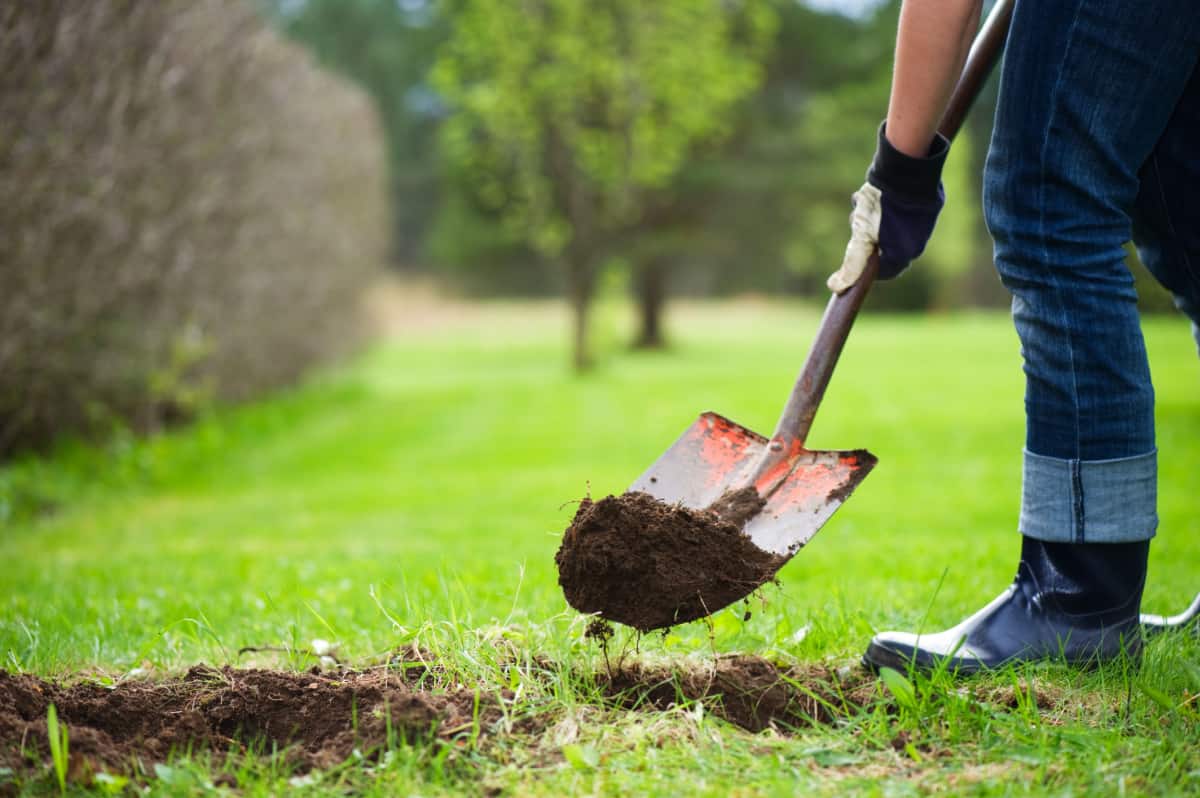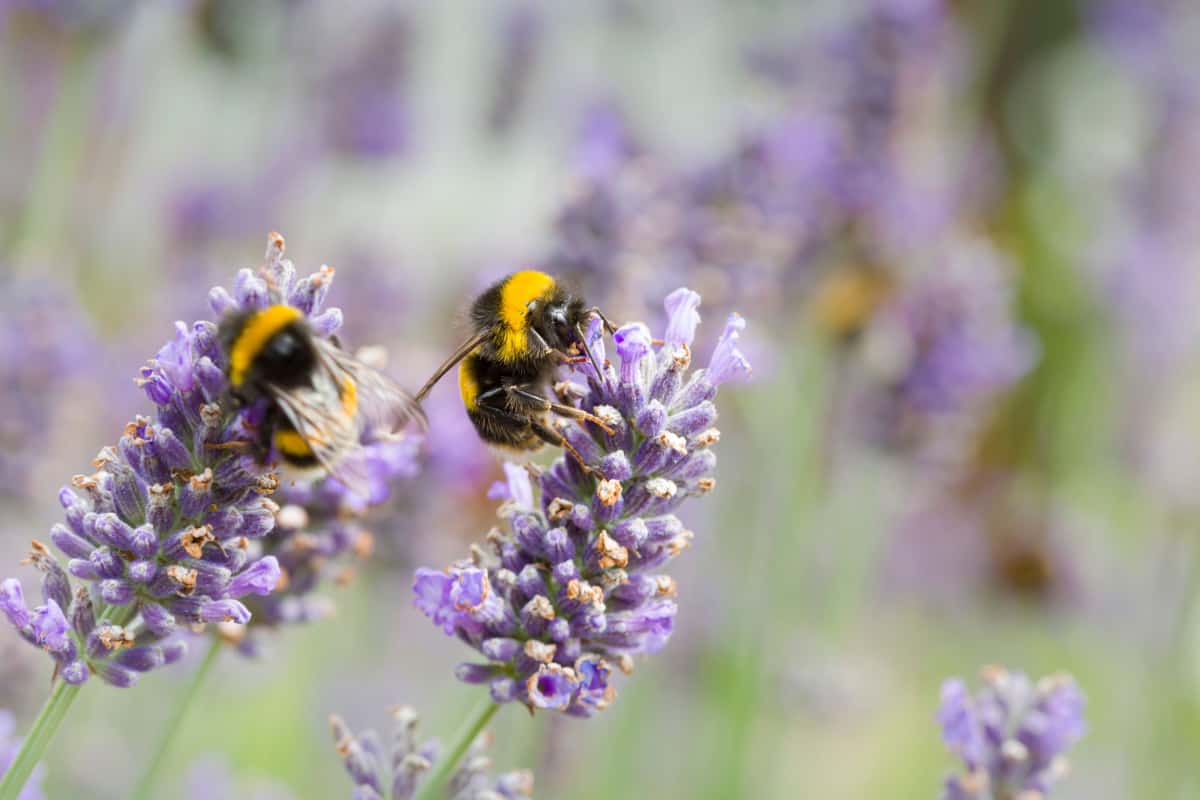Landscaping doesn't always mean a well-manicured lawn. A revolutionary concept, the "Anti-Grass Club," is changing the traditional image of a perfect yard.
This approach replaces monotonous green lawns with vibrant flower beds teeming with life and color.
If the idea of a colorful, eco-friendly, and biodiverse garden piques your interest, this detailed step-by-step guide will walk you through creating your own "Anti-Grass Club" garden.
The exact process executed by Aspenackley is shown below:
@aspenackley Anti-grass club #gardentok #gardendesign #gardenhacks ♬ Choking on Flowers - Fox Academy
Step-by-Step of Anti-Grass Club Garden
The "Anti-Grass Club" encourages a shift from traditional lawns to creating spaces that celebrate diversity and contribute positively to the environment.

The idea is to replace grass with flower beds, often requiring significant resources to maintain and providing little ecological value.
These beds can host a variety of plants, providing food and habitat for local pollinators, improving the soil, and contributing to local biodiversity.
They also add aesthetic value, turning your yard into a colorful, dynamic, and ever-changing space.
Now that you have a clear understanding of the "Anti-Grass Club" philosophy, let's begin creating your first flower bed.
1. Deciding the Layout
The first step in your "Anti-Grass Club" journey is to decide on the layout of your flower bed. Aspenackley used a garden hose for this purpose.
The flexibility of the hose allows for easy manipulation, enabling you to experiment with various shapes until you find one that pleases your eye.
Once you're satisfied with the shape, mark the boundaries using landscape paint.
Click here to see this landscape paint on Amazon.
This technique provides a clear guide for digging, minimizing errors and deviations from your chosen shape.
2. Digging the Flower Bed
The second step is physically carving out your flower bed.
While various mechanical tools are available for this process, Aspenackley's husband chose to dig the flower bed by hand.

This method, although labor-intensive, allows for a more personal touch and reduces the risk of damaging any underground utilities or plant roots.
Hand digging also gives you a sense of connection with your garden, allowing you to feel the process of its creation truly.
3. Preparing the Bed
After the bed has been dug out, it's time to prepare the soil. Add fresh soil to create an optimal environment for the plants.
Click here to see this fresh soil on Amazon.
This step is crucial because soil quality significantly affects plants' health and growth.
Incorporating fresh soil not only replenishes nutrients but also improves the structure and drainage of the bed, ensuring your plants have the best possible foundation.
4. Selecting the Plants
Next, choose the plants for your flower bed. Aspenackley opted for a pink theme, their favorite color.
However, color was not the only selection criterion. They specifically chose pollinator-friendly plants.

By doing so, they ensured their garden would not only be a visual delight but also a haven for local pollinators, contributing to the overall biodiversity of their backyard.
Carefully selecting plants based on color and ecological impact can help create a beautiful and beneficial garden.
5. Planting
Once your plants have been selected, it's time to plant them in the prepared bed.
Be sure to follow specific planting instructions for each species to give them the best chance at thriving.
Proper planting is essential as it affects how well your plants establish and grow.
Take the time to position each plant correctly, considering its size at maturity and its light, water, and nutrient requirements.
The Impact of the Anti-Grass Club Approach
The anti-grass club landscaping approach extends beyond aesthetic appeal by emphasizing environmental sustainability.
Embracing this philosophy and following this guide enables you to create a garden that's not only pleasing to the eye but also supports local biodiversity.
Read more reliable articles below to discover new ways to enhance your garden:
From Amazon Greenhouse Kit to Dream Greenhouse: This Video Will Show You How
Why Everyone Is Switching to Stainless Steel Hoses: The Surprising Benefits


